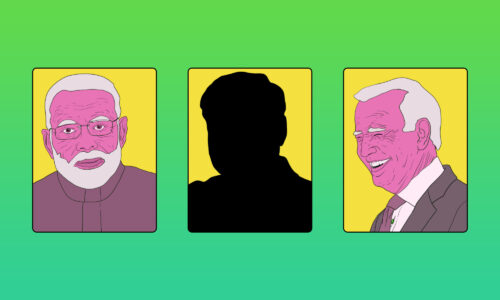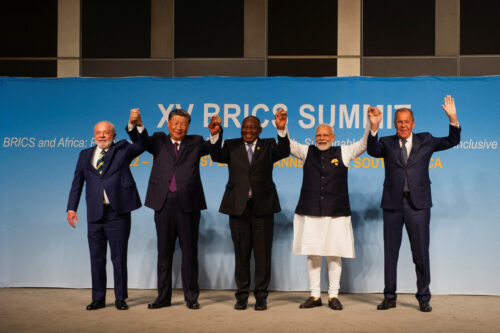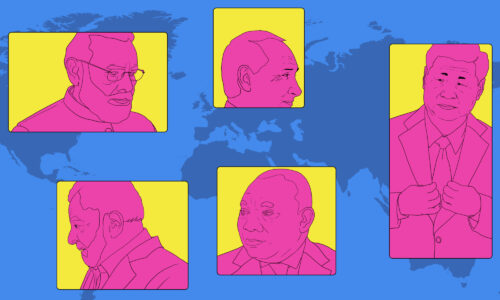India bans more than 100 Chinese apps after latest border escalation
China and India continue to fiercely contest their claims to territory high up in the Himalayas. After India earlier accused China of “provocative military movements” near Pangong Tso Lake, it banned another bundle of Chinese apps today.

The months-long border standoff between India and China, high up in the Himalayas, has escalated again in recent days. On August 31, the Indian Ministry of Defense accused China of undertaking “provocative military movements” near the south bank of Pangong Tso Lake, and said that Indian troops had managed to “thwart Chinese intentions to unilaterally change facts on ground.”
- There is one unverified report, from a member of the Tibetan parliament in exile via AFP, that an Indian Special Forces soldier died in the recent clash, but the Indian government has not commented, and China has denied it.
- An earlier New York Times report indicated that there was no physical contact in the recent clash: “Troops from both sides yelled at each other and surged to within a yard or two before commanding officers from both sides pulled them apart.”
Today, India banned 118 Chinese-made apps — see a full list via the Hindustan Times — in addition to 59 apps, including TikTok and WeChat, that New Delhi banned in June and dozens more that were taken off app stores in August.
- In addition to economic pressure, India has also, according to India Today, looked to use military forces for “slow but steady assertion” of its border claims.
China denies any provocation, and has said repeatedly in recent days that all the blame for tensions lie with India. The Hindu summarizes:
- “China has never provoked any war or conflict and never occupied an inch of other country’s territory,” Foreign Ministry spokesperson Huà Chūnyíng 华春莹 said. The Chinese Embassy in New Delhi also stated that it was India that had “violated the consensus.”
- China “will not be the first to complicate or escalate the situation,” Foreign Minister Wáng Yì 王毅 said, though he admitted that “the boundary between China and India has not yet been demarcated, there will always be problems of this kind.”
The Global Times, the nationalistic People’s Daily–affiliated tabloid, has also kept up a stream of criticisms of India. A couple examples:
- Indian move to ban 118 more Chinese apps is to deflect domestic failures: expert
- 社评:对印方的机会主义表现必须强硬回击 (“Editorial: We must have an unyielding counterattack to the Indian side’s opportunism”)
What happens next?
India’s Foreign Minister, Subrahmanyam Jaishankar, is set to visit Moscow on September 9, in his first visit outside the country since the pandemic began. A “Russia-India-China (RIC) foreign ministers’ meet is being explored,” the Economic Times of India reports. Russia was “involved in back channel diplomacy to defuse Sino-Indian tensions” earlier in the summer, and its future involvement could be important.
So far, however, diplomatic talks haven’t gotten anywhere, and Jaishankar recently said he was “at a loss to know why” China had taken provocative moves. According to a U.S. intelligence assessment, Beijing wanted its troops to go further in the recent confrontation, and “remains enraged that its local commander withdrew forces when a physical conflict appeared imminent,” reports U.S. News.
At the same time, Tibet is emerging as a renewed front of tension. According to Reuters, India has conducted a “movement of troops to the eastern district of Anjaw, in Arunachal Pradesh state,” parts of which China also claims as South Tibet. And in a recent Foreign Ministry press briefing in Beijing, Hua Chunying gave a testy response to a question about “‘Tibetans in exile’ joining the Indian army”: “We firmly oppose any country providing convenience in any form for the ‘Tibet independence’ forces’ separatist activities.”






